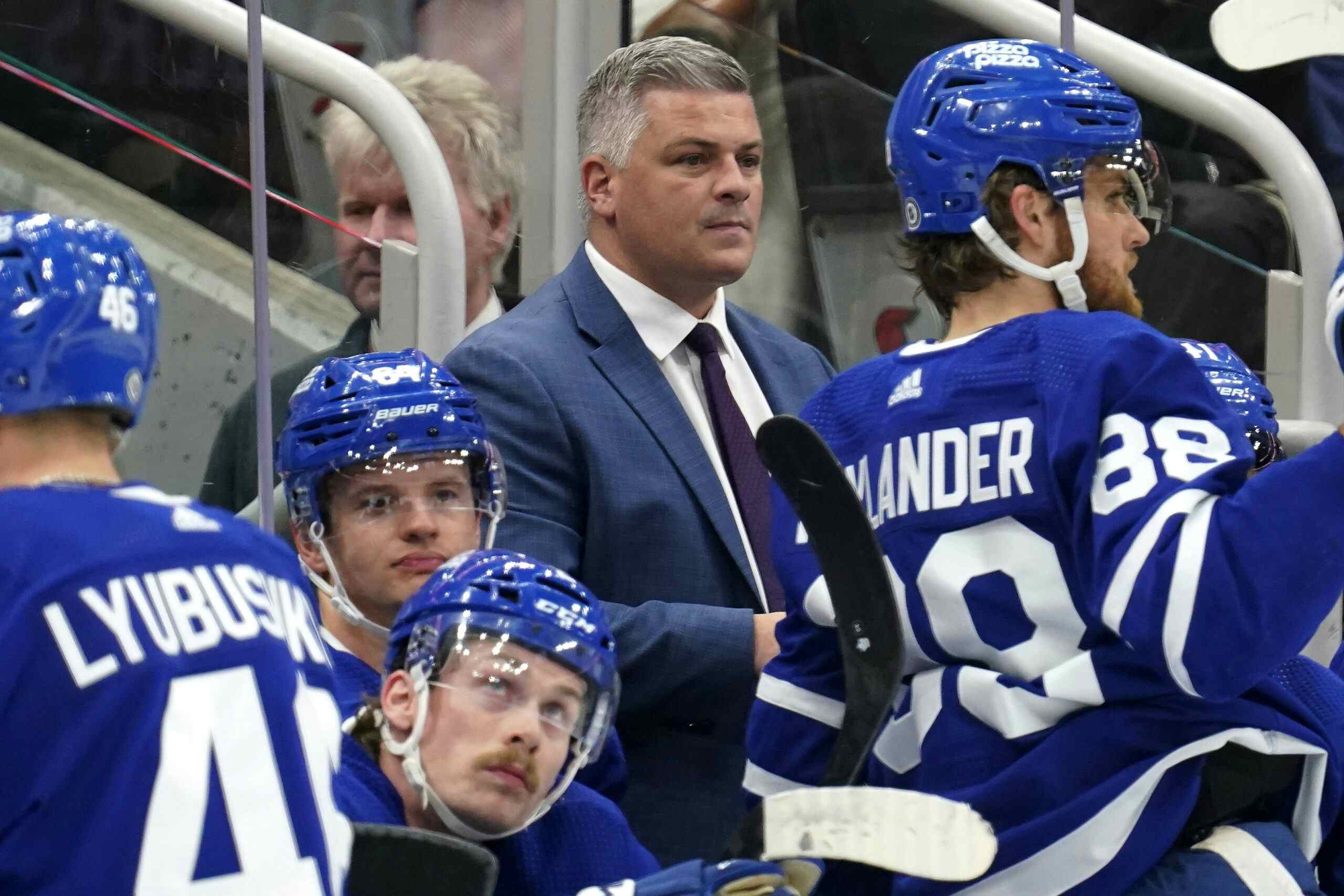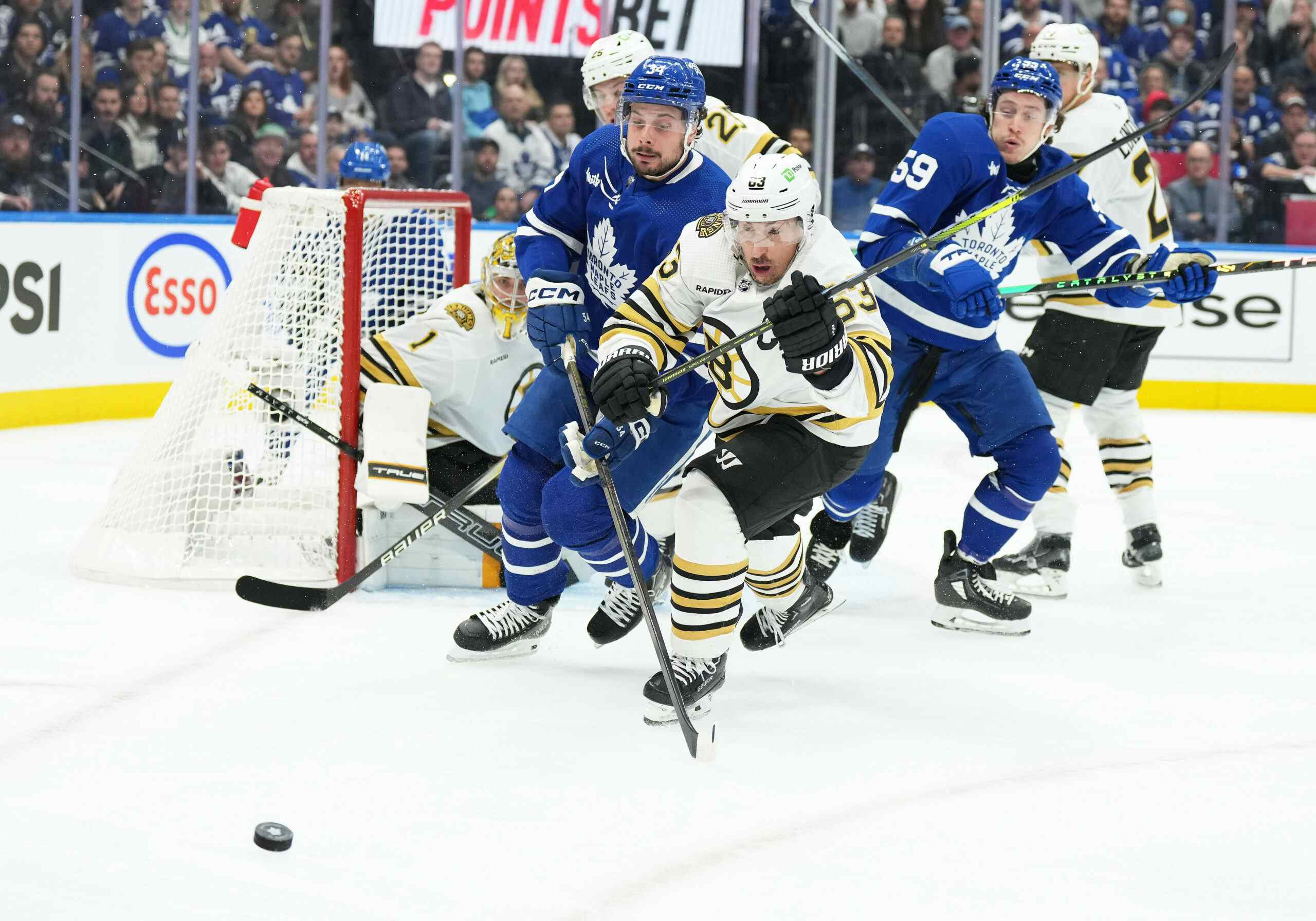Randy Carlyle – International Man of Mystery
When it comes to Toronto Maple Leafs head coach Randy Carlyle, he’s certainly a man of intrigue.
Carlyle’s criticisms from many fans have been more than a few in his days as head coach of the Maple Leafs, and justly so. Carlyle’s inability to produce results behind the bench has led many to call for his firing, with repeated instances of incompetency running both a hockey team and kitchen appliances widely documented. While some could likely write a book stating their grievances with Carlyle (and let’s face it, someone probably has), there is one thing that Randy Carlyle certainly isn’t boring. It’s easy to overlook, forget, or even be completely unaware of his days as an NHL standout defenceman.
For many, Carlyle’s playing days came before their time as hockey fans, as it’s been 21 years since he’s suited up as a professional hockey player. Just 208 players have had the pleasure to have played 17 or more years in the NHL, with Randy Carlyle being one of them. Over the course of his playing career with Toronto, Pittsburgh, and Winnipeg, Carlyle encountered many unique situations. Here’s just a few of the things you (probably) didn’t know about the Leafs bench boss:
TEEM-ATES
While he may not have been the same kind of national and local hero, Randy Carlyle wore #8 in Winnipeg before Teemu Selanne did. Hipster. After wearing #23 in Toronto and #25 in Pittsburgh, Carlyle switched to single digits when traded to Winnipeg. Selanne wore #13 in his first two seasons (Carlyle wore #8 during his rookie year), before switching to #8 in his third campaign in Winnipeg for the majority of the remainder of his career. As Teemu is arguably the best player to wear #8 of all time, (Alex Ovechkin and Cam Neely are two other notables), it’s worth noting Carlyle was the main reason Teemu had to wear a different jersey number his first two years in the league.
HOCKEY’S BARRY BONDS?
Although hockey fans often like to believe that their sport is clean of performance-enhancing drugs, it’s unlikely any major professional sport can remain entirely PED-free. In 1989, Randy Carlyle tested positive for an anabolic steroid following a drug test while competing at the IIHF World Championships in Sweden for Canada. John Ferguson, father of future Leafs General Manager John Ferguson Jr., was the one to deliver the news to him. After being forced to sit out a game, a second sample came back negative, and he ultimately was reinstated for the remainder of the tournament. According to William Houston’s account from the Globe and Mail, Carlyle’s teammates nicknamed him Ben- in reference to the 1988 Canadian Olympic doping scandal and the subsequent forfeit of Ben Johnson’s 100m sprint gold medal, although it seems like that moniker’s failed to last until today.
1980’s One Hit Wonder
In 1980-81, Carlyle had the best season of his career, where he scored 83 points to lead all defencemen, winning the Norris Trophy as the league’s top rearguard. While that’s fairly well-known of anyone who’s followed the Leafs during his career, Carlyle’s Norris comes in the rarity of his Norris Trophy win not being an indicator of legendary status. Oddly enough, Carlyle’s one of just two players currently eligible for the Hall of Fame who have won the Norris Trophy and have yet to be inducted (Doug Wilson, current GM of the San Jose Sharks, is the other). It’s all but certain Carlyle’s resume isn’t long enough to warrant an induction as a player, though the jury is still out for his coaching career.
Playoff Loss? Blame Carlyle
It’s a common occurrence after a close loss for fans to scapegoat one player for a play that “cost their team the game”. Of course, a few moments of rationality makes one realize there’s a host of factors that contribute to a win or a loss.
However, one key decision can heavily influence the impact of the winning goal. While most of these mistakes will soon be forgotten if happened in the regular season, postseason impacts memories much more than a mid-week game.
Remember that time Dion Phaneuf ‘pinched’ in overtime of Game 4 of the 2013 playoffs, getting caught out of position just before the game winning goal?
Psh, Carlyle was getting blamed for playoff overtime losses before Phaneuf was even born. In double overtime of Game 5 of the 1981 first round best-of-5 between Carlyle’s Pittsburgh Penguins and the St. Louis Blues, Carlyle chased down Mike Zuke into the corner. Unfortunately for Carlyle, he left open Mike Crombeen right in front of the net, who scored the series winning goal.
To be fair, Carlyle did manage nine points in those five games to lead his team in scoring. He was named captain of the Penguins before their next season, so it’s unlikely it tarnished management’s view of him. But as hindsight is 20/20, it’s likely both defenceman would’ve preferred to have acted differently under the circumstances.
THE ORIGINAL “UNFIT” STAR
Leafs star winger Phil Kessel’s fitness has come into question by many throughout his career, largely fueled by his supposed chubby physique. (Is it weird that I’m really curious of what a shirtless Phil Kessel looks like?) But not to be one-upped, hipster Carlyle does it again. In this 1984 interview, the interviewer questions Carlyle’s fitness of the past and tries to link a new diet to higher expectations for Carlyle.
Five years later, in a 1989 article about Carlyle’s failed drug test, he’s described as chubby and overweight, and that he couldn’t possibly test positive for steroids simply due to his physique.
Bonus connection: Both Kessel and Carlyle were traded at the age of 21, oddly enough, before blossoming into very solid NHL players.
LIFETIME DISLIKER OF HELMETS
Randy Carlyle was one of the last five players in the NHL to not wear a helmet. (As was Doug Wilson. Perhaps there’s a helmet-wearing bias for Hall of Fame criteria). Of course, doing so was actually safer according to Carlyle, who came up with the revolutionary theory that helmets cause concussions.
ANALYTIC GAME-WATCHER
Carlyle worked one season as a radio analyst for Winnipeg Jets broadcasts following his career. Randy Carlyle, former member of the mainstream media. Let that sink in.
NOT AS GOOD AS YOU THINK
In October 1981, a Globe and Mail survey of 11 NHL General Managers ranked Carlyle as the second-most overrated player in the league. One GM was quoted in the article as saying, “Offensively Carlyle has talent, but he can be beaten on a one-on-one. I don’t think he ranks beside players with the status of Denis Potvin and Larry Robinson.” There’s likely some merit to this claim, as Carlyle’s Norris appears to have been influenced from his offensive work. However, it’s tough to really tell how solid Carlyle was as a defender and an all-around player, especially playing in such a high-scoring era like the 1980’s. Again, we see a case where Carlyle’s career mirrors that of one of his players. In 2012, Phaneuf was named the most overrated player in the league from a NHLPA survey.
SAVING THE BEST FOR LAST
The 1992-1993 Winnipeg Jets may have had the most interesting collection of players ever assembled in an NHL locker room. Along with Carlyle, Teemu Selanne, Keith Tkachuk, Kris Draper, Tie Domi, Dallas Eakins, Thomas Steen and Eddie Olczyk all suited up for the Jets that year. That’s right- Tie Domi and Randy Carlyle were once teammates. Additionally of interest, Carlyle later coached Teemu Selanne to the 2007 Stanley Cup. In Carlyle’s final game with the team (and the final game of his career), he scored a goal (his only one in 22 games that season), against… Leafs goaltender Felix Potvin. Although Carlyle’s certainly not the first ex-Leaf to save a strong performance for his former team, he’s certainly a contributor.
PERPETUAL LEAF GRIEF
Lastly, Randy Carlyle’s somehow got an ability to create headlines and quotes over 25 years apart that remain relevant today. While the line “Randy Carlyle is a symbol of Maple Leaf grief” could easily be splattered across sports pages today, it’s actually a headline from 27 years ago. Seriously. Long-time journalist Milt Dunnell’s January 4th, 1987 story from the Toronto Star exemplified trading Randy Carlyle to the Penguins after just two year in the blue and white as a prime example of the Leafs’ management’s inability to properly develop young players and trade them before they blossomed elsewhere. Here’s a quote from Carlyle in that article, which sounds like it could be said yesterday:
“It’s hard for a young player to realize what is required of him to be consistent in this league. By the time I realized it, I guess, I was gone. It’s especially tough in Toronto and Montreal. The spotlight never leaves you.”
So while Randy Carlyle might not be your favourite coach, it’s hard to say he’ll ever be the least interesting.
Recent articles from Adam Laskaris





